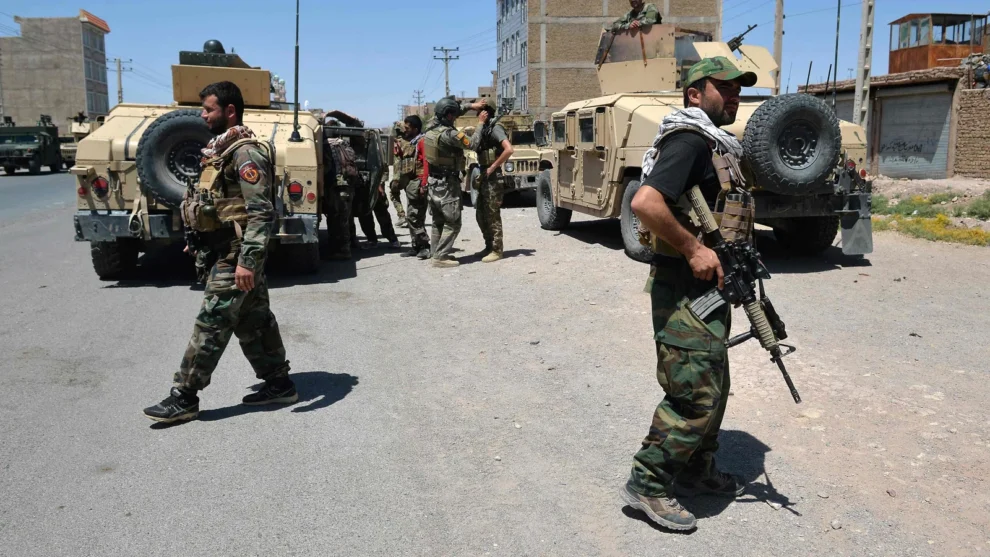The U.S. military spent two decades trying to build an Afghan army that could stand on its own, all the while keeping an eye on the clock, with successive U.S. presidents signaling they wanted out. That resulted in 20 years of short-term thinking, and an Afghan army that still needed massive day-to-day operational and logistics support, according to the latest report from the Special Inspector General for Afghanistan Reconstruction.
When U.S. troops were ordered to exit, the house of cards collapsed.
“Bush, Obama, Trump and then Biden…. Nobody wanted to be in Afghanistan and nobody wanted to stay,” said John Sopko, the head of the Special Inspector General for Afghanistan Reconstruction office, during a Defense Writers Group event Tuesday. That created an environment where new generals, or ambassadors, would tell their organizations that the effort wouldn’t last much longer, so the goal was to make what progress they could within the next year, two years, and move on.
That meant there was no long-term strategy or plan to build a self-sufficient Afghan National Defense and Security Force in Afghanistan, according to Sopko.
“We basically had 20 one-year plans, or 10 two-year plans,” he told reporters.
The latest SIGAR report is intended as a guide and cautionary tale for future U.S. administrations considering taking another country by force, to impose democracy, or even create stability. But he said the Defense Department hasn’t been cooperating with his team, ostensibly because they are working on their own lessons-learned report, but highlighting a defensive response to a painful chapter for the U.S. military.
“The American people, and Congress, have a right to know what happened ― what worked, what didn’t ― so we don’t do the same mistakes again,” Sopko said.
Sopko’s investigators found that two decades at war played out mostly in nine-month U.S. troop deployments to train, advise and assist Afghan security forces, which turned brigade and division headquarters elements into ad-hoc trainers.
“Advisors were often poorly trained and inexperienced for their mission,” the report found.
The trainers got “limited or no pre-deployment and in-theater training,” and the frequent rotations of U.S. troops meant there were seldom thorough handovers from outcoming to incoming teams. For the Afghans, it was difficult to keep track of an ever-rotating cast of new American trainers, who often had little knowledge of what had been taught before they arrived.
Source: Military Times









